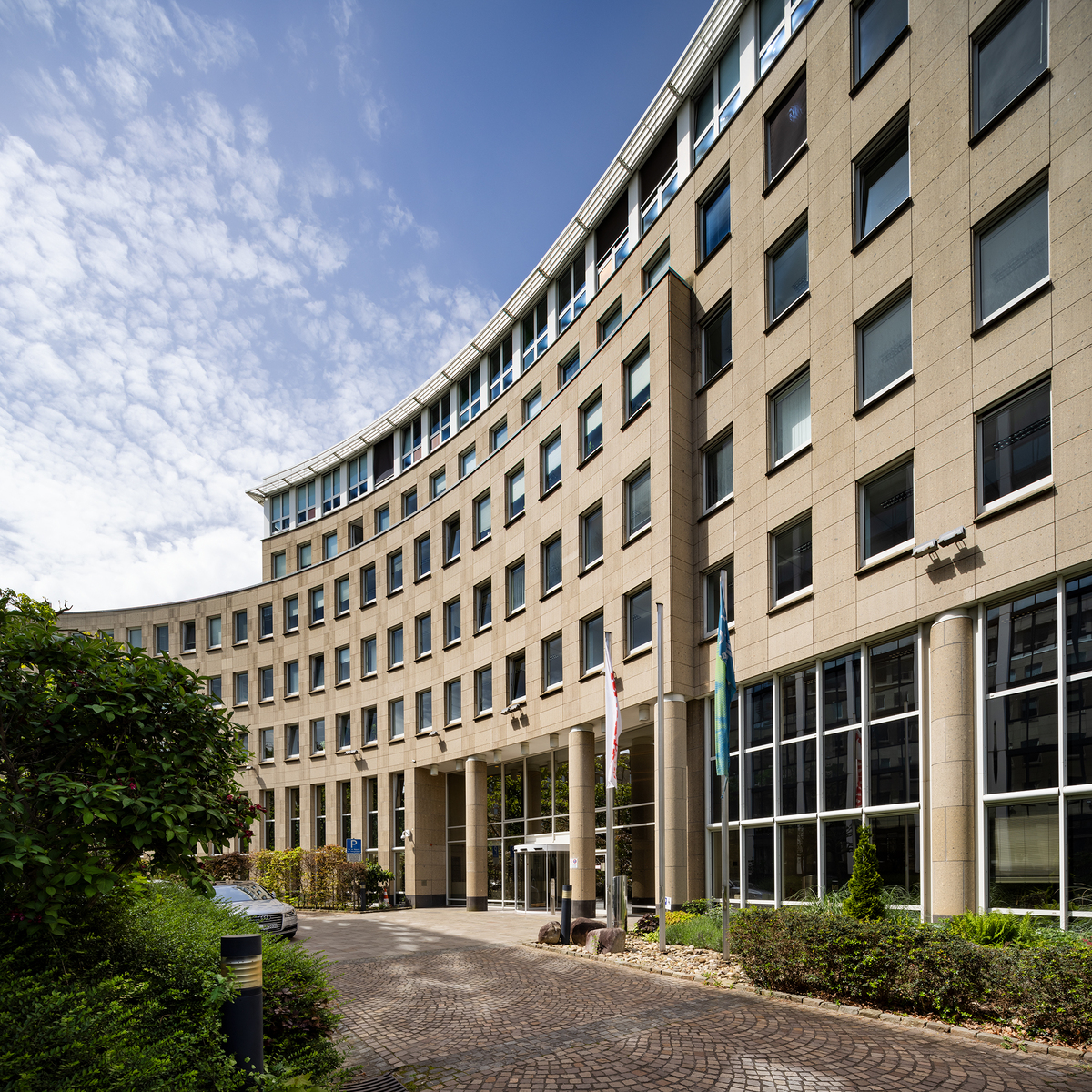
Glossary
aedifion
Load Shifting
Load shifting is a control measure within the context of Demand Side Management to move energy consumption in buildings from periods of high demand to periods of low demand. The term "load" refers to the electrical power required at a specific time to meet the needs of all consumers. The goal is to distribute consumption more evenly, thereby reducing strain on the power grid and saving costs. Unlike load shedding, load shifting does not reduce the total planned electricity usage but merely reschedules it to other times. This can be achieved through the temporal adjustment of energy-intensive processes and the smart use of energy storage systems. An example is charging electric vehicles during periods of low grid demand.
With the help of cloud-based solutions such as aedifion.dynamics, operational data can be continuously captured and analyzed in real time to identify exactly those periods when loads can be shifted without compromising occupant comfort. Automated control of heating, ventilation, and air conditioning (HVAC) systems, as well as other energy-intensive equipment, leads to significant cost savings – especially in buildings with high energy demand.
Success Stories
Buildings Simply Made Better
Get in Touch With US!
In a one-on-one meeting, we will clarify your specific requirements and demonstrate how our AI-based cloud solutions and service packages can benefit you.








